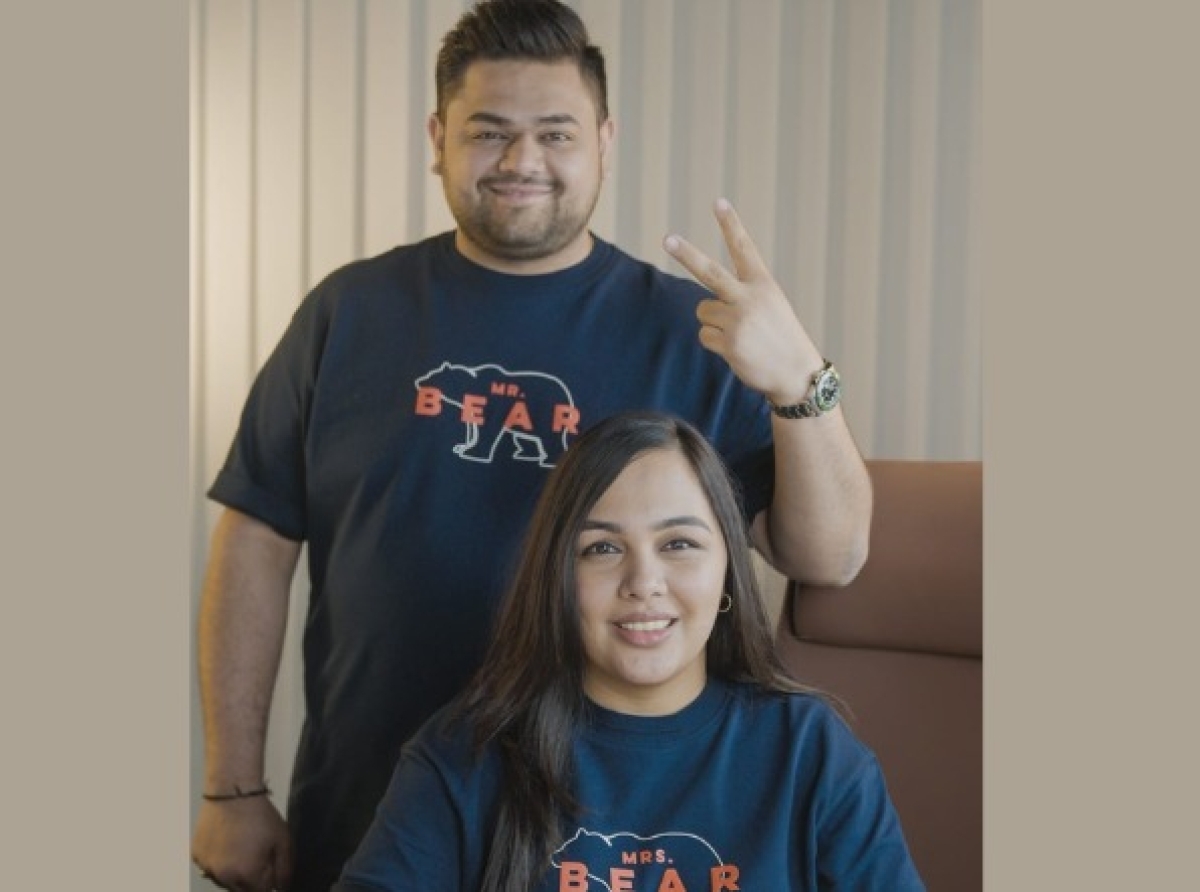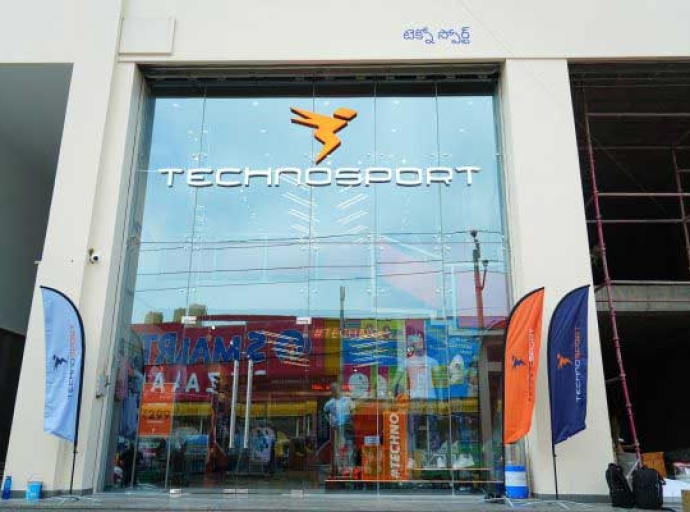The Bear House: From digital darling to retail rockstar

04 July, Mumbai 2025
At a time where direct-to-consumer (D2C) brands often begin and end their journeys online, the remarkable growth of The Bear House stands as a testament to strategic vision, unwavering commitment to brand identity, and a keen understanding of the power of experiential retail. Having captured the country’s attention on Shark Tank India and cultivated a strong digital presence, The Bear House is now making waves in the offline retail space, proving that a well-executed omni-channel approach is the true key to scalable growth.
Building a digital fortress
Founded with a clear vision to offer premium, thoughtfully designed apparel, The Bear House initially focused on building a strong D2C foundation. Leveraging digital marketing, social media engagement, and a user-friendly e-commerce platform, the brand quickly garnered a loyal customer base. Their initial success was a masterclass in understanding the online consumer – identifying pain points, offering unique solutions, and fostering a sense of community around their brand ethos.
A calculated risk, a defining moment
For many D2C brands, the transition to physical retail can be daunting, fraught with the complexities of real estate, store operations, and the challenge of translating a digital experience into a tangible one. The Bear House, however, approached this crucial juncture with a strategic mindset.
As a close collaborator involved in their offline expansion said, a while ago, the team at The Bear House reached them. They had built a strong D2C presence, but this was their first move offline. The initial query was whether to economize on design – a common dilemma for brands testing the physical retail waters. The advice was clear and impactful: "If it’s your first store, don’t cut corners on how it looks and feels. It’s the first impression people will get of your brand. You don’t get that chance again."
This counsel proved important as The Bear House embraced the philosophy, investing in a designer and allowing the creative process to unfold without shortcuts or second-guessing. The result was not just a store, but a meticulously crafted brand experience.
The award-winning flagship
The commitment to design excellence bore fruit in an unexpected, yet gratifying, manner. The first physical store for The Bear House went on to win "Best Designed Store" at In-Store Asia this year. However, the goal was to build a space that felt like Bear House, not just another retail box. This underscores a crucial takeaway for aspiring D2C brands: the true measure of success in offline retail isn't just footfall, but the ability to translate brand essence into an immersive environment. The award served as external validation of their successful brand translation.
The power of omni-channel
The Bear House's journey highlights the synergistic relationship between online and offline channels. While specific financial data remains proprietary, the following generalized table illustrates the potential impact of a successful omni-channel strategy on D2C growth:
Table: Successful omni-channel strategy and its impact
Metric Category D2C online only (hypothetical) D2C + offline retail (The Bear House model) Customer Acquisition Primarily Digital Ads, Social Digital Ads, Social, In-Store Experience, Word-of-Mouth Brand Recognition Online Presence Enhanced by Physical Touchpoints, Local PR Conversion Rates Varies by Category Potentially Higher (In-store impulse, tactile experience) Average Order Value Consistent Potentially Higher (Cross-selling in-store) Customer Loyalty Strong Online Community Deeper Engagement, Personal Connections Return Rates Industry Average Potentially Lower (Customers can try on/inspect) Market Share Niche within Online Expanding into Broader Retail Market
The offline presence of The Bear House acts as a powerful strength for the brand. It allows potential customers to physically interact with products, understand the quality, and immerse themselves in the brand's aesthetic – something that even the most sophisticated digital experience struggles to fully replicate. This engagement often leads to higher conversion rates and a deeper sense of customer loyalty.
The Bear House blueprint for scaling
The success of their first store has paved the way for The Bear House to confidently pursue further offline expansion. Their blueprint for scaling involves:
• Strategic location selection: Identifying high-footfall areas that align with their target demographic.
• Consistent brand experience: Ensuring every new store replicates the winning formula of their flagship – an authentic reflection of The Bear House identity.
• Integration with online channels: Seamless inventory management, click-and-collect options, and loyalty programs that bridge the online and offline worlds.
• Data driven decision making: Analyzing sales data, customer feedback, and footfall patterns to optimize store performance and future expansion.
The Bear House’s journey from a digital-native startup to a blossoming omni-channel brand is a strong narrative for the modern retail landscape. It showcases that while the digital realm offers unparalleled reach, the physical store, when executed thoughtfully and authentically, remains an invaluable asset in building lasting brand equity and achieving exponential growth. As The Bear House continues to scale new heights, both online and offline, they are undoubtedly setting a new standard for D2C brands navigating the complexities and opportunities of the retail world.
Latest Publications

































